

CREATIVITY CORE CURRICULUM
ANNUAL SUMMARY 2024-2025
THOMAS JEFFERSON UNIVERSITY
Creativity is the ability to look at the ordinary and see the extraordinary.
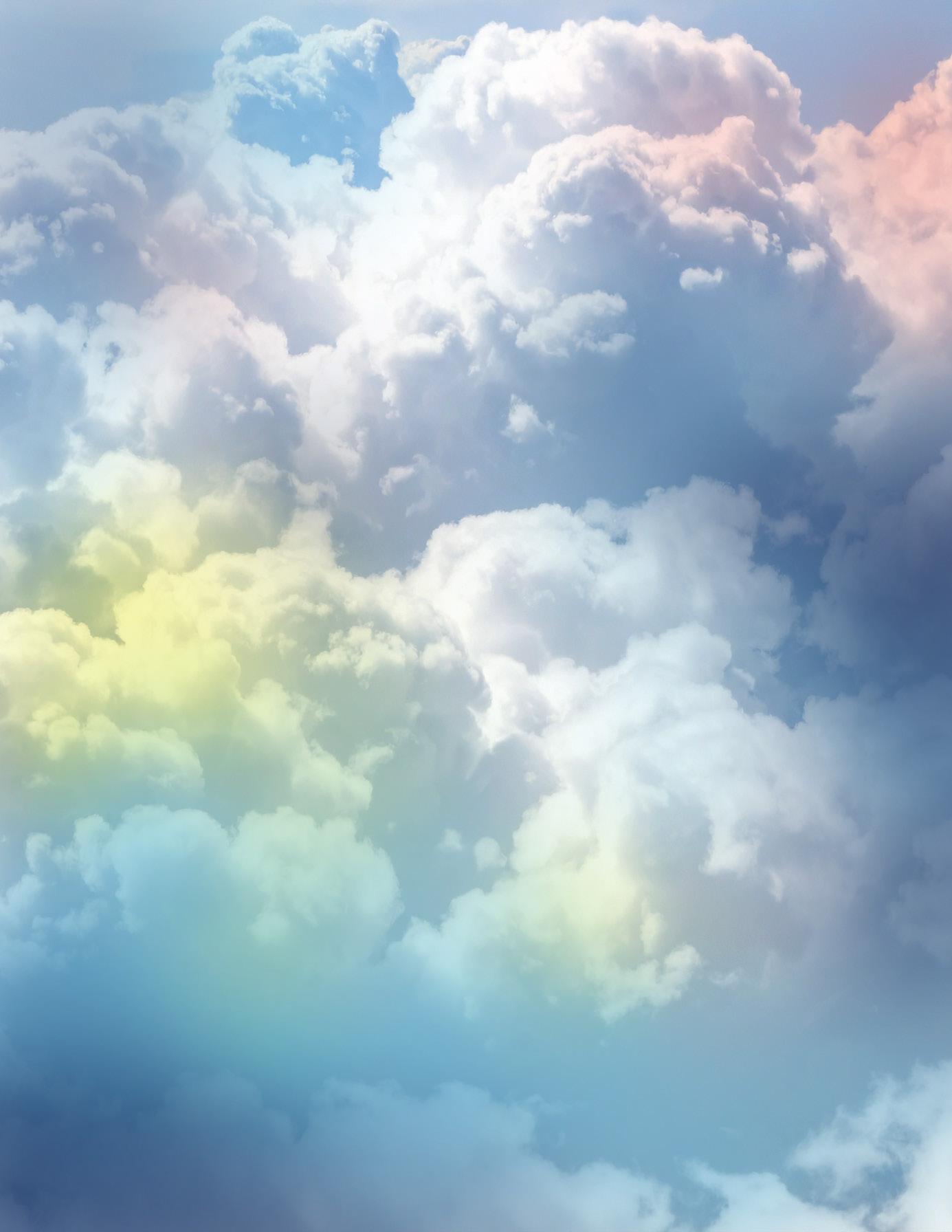

—Dewitt Jones

THE MISSION of Jefferson’s Creativity
Core
Curriculum is to cultivate a
confident and flexible student mindset through learning opportunities that explore individual and collaborative creative aptitude and equip students to yield novel and valuable results.
Launched in 2020, Thomas Jefferson University’s Creativity Core Curriculum is making the case for a creativity-focused education. Artificial intelligence, automation and the blurring of digital, biological, and physical worlds have brought change on an exponential scale, and new connections among previously unrelated fields are rapidly transforming the workplace. Human creativity, which has, in part, been responsible for these changes, is essential for success in this environment. This environment demands a proactive, immediate, and ongoing evolution in education.
All exceptional endeavors and academic disciplines require human creativity. The Jefferson Creativity Core Curriculum helps students expand their creative capacity so they are better equipped to work on the world’s most complex problems in whatever discipline they chose. The elements of the curriculum work together to support a curiosity of spirit that contributes to creative confidence, an essential quality for success in a workplace that requires constant evolution and reinvention.

Students explore the power of yoga to both calm the mind and strengthen the body in the Creative Making Workshop, Yoga is for Every Body. Through experimentation with this ancient practice, students may establish a deeper curiosity about other unfamiliar topics.
Creativity Core Curriculum Components
1
2
CREATIVE MAKING WORKSHOPS: These workshops offer students discreet experiences that provide the opportunity, materials, guidance and time to experiment in a risk-free environment in absence of expectations and deadlines and in a context outside their discipline. Undergraduate students at our East Falls campus complete two individual workshops while pursuing their degree. Each workshop is 3–5 hours in length. The Creativity Core Curriculum delivered a total of 124 workshops on a wide diversity of topics across fall '24 and spring '25.
Numbers for 2024–25
124 Creative Making Workshops
3
CREATIVITY INTENSIVE COURSES: Every undergraduate major on the East Falls campus requires a course that includes creativity content and skills development within a disciplinary context.
39 Creativity Intensive Course Sections
PHILOSOPHIES OF THE GOOD LIFE: This course exists within the Hallmarks Core. All Jefferson students take a common senior-year course that marks the completion of their liberal arts education. By reading, discussing and writing about the works of key thinkers from across centuries and around the world, they explore how transformative ideas about living a meaningful life can be applied far from their original contexts to guide them as ethical professionals, engaged citizens and inspired individuals.
24 Philosophies of the Good Life Sections
1,455 Students Served
NEW CREATIVE MAKING WORKSHOPS
Every year, the Creativity Core Curriculum staff work to bring fresh Creative Making Workshop opportunities to our students. Here are the new additions for the 2024–25 academic year:
• Anatomy of Movement
• Building a Team of Heroes
• Creating a Rube Goldberg Machine
• Creating a Start-Up
• Exploring Aerospace Innovation in the Modern World
• Great Beginnings: Opening Sentences that Keep You Reading
• Seeing Beyond the Divide: Identifying & Managing Political Biases
• Tap Dance Fundamentals
• Tattooing: Historical Perspectives and Current Practice

In the Creative Making Workshop, Tattooing: Historical Perspectives and Current Practice, students learn about the history of tattooing from an award-winning artist and have the opportunity to create a unique design on a practice material that mimics human skin.
PARTNERSHIPS
The Creative Making Workshops are conducted by instructors who possess expertise in diverse fields. In addition to Jefferson affiliated instructors, the workshop program engages attorneys, physicians, educators, business owners, artists, designers, musicians, performers, and other creatives. Our instructor pool includes talent from around the world. This year, we collaborated with the following cultural institutions, organizations, and businesses:
• Animal ACTivists of Philly
• The Clay Studio
• The Dhody Institute
• Eastern State Penitentiary Historic Site
• Electric Cheetah Tattoos
• The Fabric Workshop & Museum
• Historic RittenhouseTown
• Holocaust Awareness Museum and Education Center (HAMEC)
• Holus Mediterranea
• James Turrell’s “Skyspace”
• Philadelphia Beekeepers Guild
• Philadelphia Jazz Tap Ensemble
• Philadelphia School of Circus Arts
• Polarization Research Lab
• The Random Tea Room
• Shofuso Japanese House
• Urasenke Tea School
• Wild Hand
The Data
Student Satisfaction Data for Spring ‘25
Average figures shown. Scale of 1-5 (1=Extremely Dissatisfied/Unlikely, 2=Somewhat Dissatisfied/Unlikely, 3=Neither Satisfied/Likely nor Dissatisfied/Unlikely, 4=Somewhat Satisfied/Likely, 5=Extremely Satisfied/Likely)
Content Instructor Length Structure Delivery Recommend SupportiveEnvironment
Students in Creative Making Workshops take surveys directly before and after their experience.
Survey Question: Creativity can be enhanced when diverse thoughts, perspectives, and/or experiences are represented.
strongly agree
Pre-Workshops Results Post-Workshops Results
}The percentage of students who “strongly agree” with this statement increased by 14% in Spring 2025.
The valuation of diversity is central to the ethos of Thomas Jefferson University. An embrace of the richness of human similarities and differences is one reason that Jefferson is a leader in higher education. Diversity also supports a culture of creativity and innovation. The 14% increase in students (from before and after the workshop) who “strongly agree” with this statement indicates that the Creative Making Workshop experiences support this important understanding among our students.
Confidence and Importance: When looking at the relevance of creativity and students’ own confidence in their abilities, the average response data from before and after the Creative Making Workshop experiences indicate a positive improvement.
Being creative gives me an extra edge in my classes.
Being creative will help me excel at my future job.
I feel that I am good at coming up with novel ideas.
I have confidence in my ability to solve problems creatively.
I have a knack for further developing the ideas of others.
Scale: 1=Strongly disagree, 2=Disagree, 3=Somewhat disagree, 4=Neither agree nor disagree, 5=Somewhat agree, 6=Agree, 7=Strongly Agree
Growth Mindset: The Creativity Core Curriculum encourages students’ personal creative confidence by fostering a growth mindset about their own creative abilities. A “growth mindset” embodies a belief that creative skills can be learned and improved upon with effort and persistence. This is counter to a “fixed mindset” whereby an individual believes that creative skills are static and unchangeable. Data shown below are averages. The desired result is an increase in growth mindset and decrease in fixed mindset.
Questions supporting belief in GROWTH mindset.
Questions supporting belief in FIXED mindset.
Scale: 1=Strongly disagree, 2=Disagree, 3=Somewhat disagree, 4=Neither agree nor disagree, 5=Somewhat agree, 6=Agree, 7=Strongly Agree

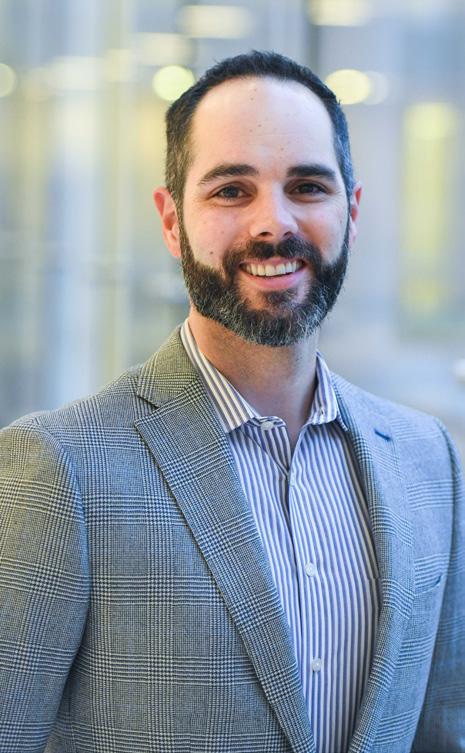
ABOUT THE INSTRUCTOR:
Dan Meloche is a structures engineering manager for Boeing, working at the Philadelphia site. He currently manages KC-46 Tanker projects, and his group’s structures technology team, responsible for bird strike, optimization, impact survivability, and non-linear analysis.
The Creativity Core Curriculum embraces learning experiences that cross disciplinary boundaries and encourage students to build the confidence to engage their curiosity about unfamiliar subject matter. Instructor Dan Meloche shares thoughts about his workshop that explores lessons from aerospace innovation as a catalyst for other forms of creativity.
Q: WHAT IS THE FOCUS OF YOUR PROFESSIONAL WORK?
In my role as an engineering manager with Boeing, my team is responsible for execution of a wide range of engineering tasks and projects. I’m privileged to work with a talented group of engineers, and their success is a testament to their impressive capabilities. My portfolio of programs includes space (Starliner and SLS), commercial (777 and 787), and defense (F-18 & KC-46). For all of these programs, my top priority is enabling the engineers doing the work to prioritize quality and safety in everything they do.
Q: WHAT IS YOUR CREATIVE MAKING WORKSHOP ABOUT?
My workshop opens with a discussion on basic principles of flight, examining the interactions between lift, gravity, thrust, and drag, before moving on to some of the more typical types of aircraft that you commonly see today. Understanding these fundamental principles sets the stage for exploring the innovative advancements shaping the future of aerospace. Then I get to the really exciting stuff— the future of flight and the fascinating new ways that aerospace companies are working to create more efficient, sustainable, and capable aircraft. Runway-independent aircraft, planes powered by the sun, and transformative aerodynamics that let vehicles fly farther on less fuel are the ways that we’re designing aircraft for the future. I encourage students to think about how their own unique perspectives can contribute to innovative solutions in aerospace.
Q: WHAT DOES CREATIVITY MEAN TO YOU?
For me, creativity in aerospace is about finding novel concepts and methods to do things that weren’t previously thought to be possible. Improving the performance, efficiency, safety, and capabilities of aeronautical and space systems means we need to integrate advanced technologies and innovative engineering approaches to solve multidimensional challenges. The strict physics of flight means that you often have a very confined set of constraints within which to operate, and being able to develop inventive new materials, analysis approaches, and manufacturing techniques is crucial to the continued evolution of aerospace.
Q: WHAT IS THE MOST IMPORTANT THING YOU HOPE YOUR STUDENTS TAKE AWAY FROM YOUR WORKSHOP?
In the aerospace world, creativity shapes everything we do, and not just in the engineering realm! Marketing, ergonomics, safety, human factors, manufacturing, graphic design, and interiors are just a few of the myriad roles that Boeing and the aerospace field rely on to produce their intricate and incredible products. Creativity and innovation are absolute necessities in all of those functions. If you want to work in aerospace, there’s a place for your ingenuity and skills.
WHAT HAS BEEN A PERSONAL HIGHLIGHT FOR YOU RELATIVE TO TEACHING A CREATIVE MAKING WORKSHOP?
At the end of the workshop, we break out into teams to build a glider out of assorted materials, and it’s so fun to see how the groups use what we’ve discussed earlier in the day to create flying aircraft. Some glide really well and others…do their best, but the effort and creativity each group puts into finding their own way to design and build their aircraft is very enjoyable to experience. Seeing the students apply theoretical concepts to practical challenges reinforces their learning and inspires their future innovation practices. My goal for the workshop is to inspire the next generation of aerospace innovators to think creatively and embrace the challenges of our industry.


What are students saying about how Creative Making Workshops can connect to their other coursework?
Quotes are excerpts from student reflections from the Creativity Intensive Course, Finding and Shaping Opportunity
SEEING BEYOND THE DIVIDE: IDENTIFYING AND MANAGING POLITICAL BIASES
“The workshop focused on how political biases like confirmation bias and naïve realism affect the way we think, talk, and make decisions. I learned how these biases can shape our views without us even realizing it. This experience helped me become more aware of my own thinking and more open to hearing different opinions. It made me reflect on how I process information and how I can be more thoughtful when having conversations, especially with people who see things differently than I do. I think this will help me not only in creative work but also in everyday situations where communication and understanding matter.”
THE LOST ART OF PAPER CUTTING
“I discovered that inspiration can come from unexpected places and that not everything needs to be flawless to have value when I let go a little and trusted the process. I’ve been able to remain more adaptable and open in this course and others because of this approach.”
BLENDING WITH INTENTION: HOW TO DRINK FLOWERS
“It opened my mind to trying new things. These lessons allowed me to navigate ambiguity within this process, cultivating an opportunity and patience, developing something as I didn’t make a desirable product my first try, but later with my second, applying the same mindset regarding the solution being refined over the entirety of the semester instead of quickly.”
HOW TO LEAN INTO FAILURE: SEEING FAILURE AS AN OPPORTUNITY FOR GROWTH
“My biggest takeaway, in relevance to supplementing my creative capacity, was achieving a mindset in which failure is not the end, but an opportunity to grow and have a new set of experiences to call on in future situations or life phases. In leaving this workshop I am a more accepting person of the lessons that come with the pain of failure, which may allow for more comfort in risk taking.”
What are students saying about creativity around campus?
Students acknowledge a professor, project, or experience at Jefferson that helped them evolve their creative skills:
“Professor Emma Mendel really helped me grow as a future architect. She helped me curate my ideas into physical things and helped me grow my skillset.”
“Shoutout to Kevin Coleman, coolest professor out here, taught me how to draw and made me confident in my skills.”
“Dr. Travis Pollen is great with exercise science club activities.”
“My illustration class with Prof. Beth Shirrell where I had to design book covers (3) based on the events of each book while incorporating the theme (greek mythology) while keeping it modern (a mix of young adult and kid friendly).”
“Prof. Samuel Weeks in Global Cultures of Health has discussions that allow us to think creatively and critically about issues regarding global health. Discussions in class and open ended questions on exams really encourages practical creativity in real-world situations.”
“Prof. Raju Parakkal has gotten me to think about creative ways to solve problems regarding contemporary issues.”
“I loved the speedform project I did in my Industrial Design drawing class with Professor Mike Barrett! The only requirement was to create objects/forms that looked like they were moving quickly. I had a lot of fun adding features & characters to undefined/ miscellaneous forms.”
Creativity exists in all disciplines! We asked students at the 2025 Creativity Fair to name a professor who most helped them grow their creative skills. These are the faculty they mentioned:
Michael Barrett (Kanbar College)
Anne Bower (College of Life Sciences)
Kevin Coleman (Kanbar College)
Willow Dipasquale (College of Humanities and Sciences)
Kathryn Gindlesparger (College of Humanities and Sciences)
Peter Griffin (CABE)
Carol Hermann (CABE)
Jason Kirk (Kanbar College)
Jeff Klemens (College of Life Sciences)
Brittany Kurdewan (College of Humanities and Sciences)
Evan Laine (College of Humanities and Sciences)
Daniel LIpus (College of Life Sciences)
Mohammed Mawlana (CABE)
Emma Mendel (CABE)
Gwendolyn Moise (College of Life Sciences)
Abigail Orenstein (College of Humanities and Sciences)
Raju Parakkal (College of Humanities and Sciences)
Chris Pastore (Kanbar College)
John Pierce (College of Humanities and Sciences)
James Poinsett (College of Humanities and Sciences)
Travis Pollen (College of Rehabilitation Sciences)
Baron Pote (College of Life Sciences)
Jenna Rieder (College of Humanities and Sciences)
Lorraine Schnabel (CABE)
Dana Scott (Kanbar College)
Beth Shirrell (Kanbar College)
Edgar Stach (CABE)
Sean Tonnesen (College of Rehabilitation Sciences)
Sofia Turco (Kanbar College)
Kyle Wagner (College of Life Sciences)
Samuel Weeks (College of Humanities and Sciences)
Brooke Wimberly (Kanbar College)
Exploring Creative Problem Solving Through Puzzles and Design Challenges is taught by Ron Kander, Dean of Kanbar College. This Creative Making Workshop explores a variety of challenges in individual and group settings. Using concepts grounded in cognitive psychology, students reflect on the success of their strategies.

SPECIAL EVENTS
Each year, the Creativity Core Curriculum works with a theme for special events that occur throughout the year.
This year’s theme—
FINDING CREATIVITY WITHIN CONFLICT
Friction, discomfort, competition, and conflict play a role in our lives in large and small ways. Our creativity can help us to not only manage difficult situations but find inspiration and even partnership within opposition. This year, the Creativity Core Curriculum explored meaningful and productive thinking about the value of creativity as a source of resilience in challenging times.
Keynote Presentation and Workshop—
Yphtach Lelkes, Director of the Polarization Research Lab: The Polarization Research Lab develops resources and data to understand and halt the growth of partisan animosity. Prof. Lelkes delivered a presentation titled Polarization and Creativity: Diving into the ExplorationExploitation Dilemma which spoke to how the tension between exploration—seeking out new ideas—and exploitation—relying on the familiar—drives decision-making across all levels of life, from primitive organisms searching for food to algorithms shaping our newsfeeds. Prof. Lelkes also delivered a Creative Making Workshop titled Seeing Beyond the Divide: Identifying and Managing Political Biases
Panel Discussion—Finding Creativity Within
Conflict: Jefferson faculty from across disciplines made presentations followed by discussion that explored the relationship of conflict to creative opportunities within their professions. Panelists included Stephen DiDonato, PhD, LPC: Associate Professor, Jefferson College of Nursing, Senior Director for Strategic Engagements and Innovation, Jefferson Trauma Education Network, Lyn Godley, MFA: Professor of Industrial Design, Kanbar College of Design, Engineering, and Commerce, Director of the Jefferson Center for Immersive Arts for Health, David Nitsch, PhD (abd), MPH: Director, Emergency & Disaster Management Programs, College of Health
Professions, Renée Walker, MFA: Associate Professor of Visual Communication Design, Kanbar College of Design, Engineering, and Commerce, Partner of Gold Collective, and Maribeth Kradel-Weitzel, MFA: Professor of Health Communication Design, Kanbar College of Design, Engineering, and Commerce, Director of the Creativity Core Curriculum and Director of ARCH: Academy for Revolutionary Creativity in Design.
Third Annual Creativity Fair:
In celebration of the United Nations World Creativity & Innovation Day, Jefferson’s Creativity Core Curriculum hosted its third annual fair. Interactive stations featured a variety of physical and mental challenges like swordplay, debate, apology card-making, optical illusions, and more.

Students, faculty, and staff all enjoyed the various activities offered by this year’s Creativity Fair, which focused on the theme of Finding Creativity Within Conflict. Shown here is fencing with the Jefferson Fencing Club (above), deciphering a parking challenge (top right) , and creating custom apology cards (bottom right).
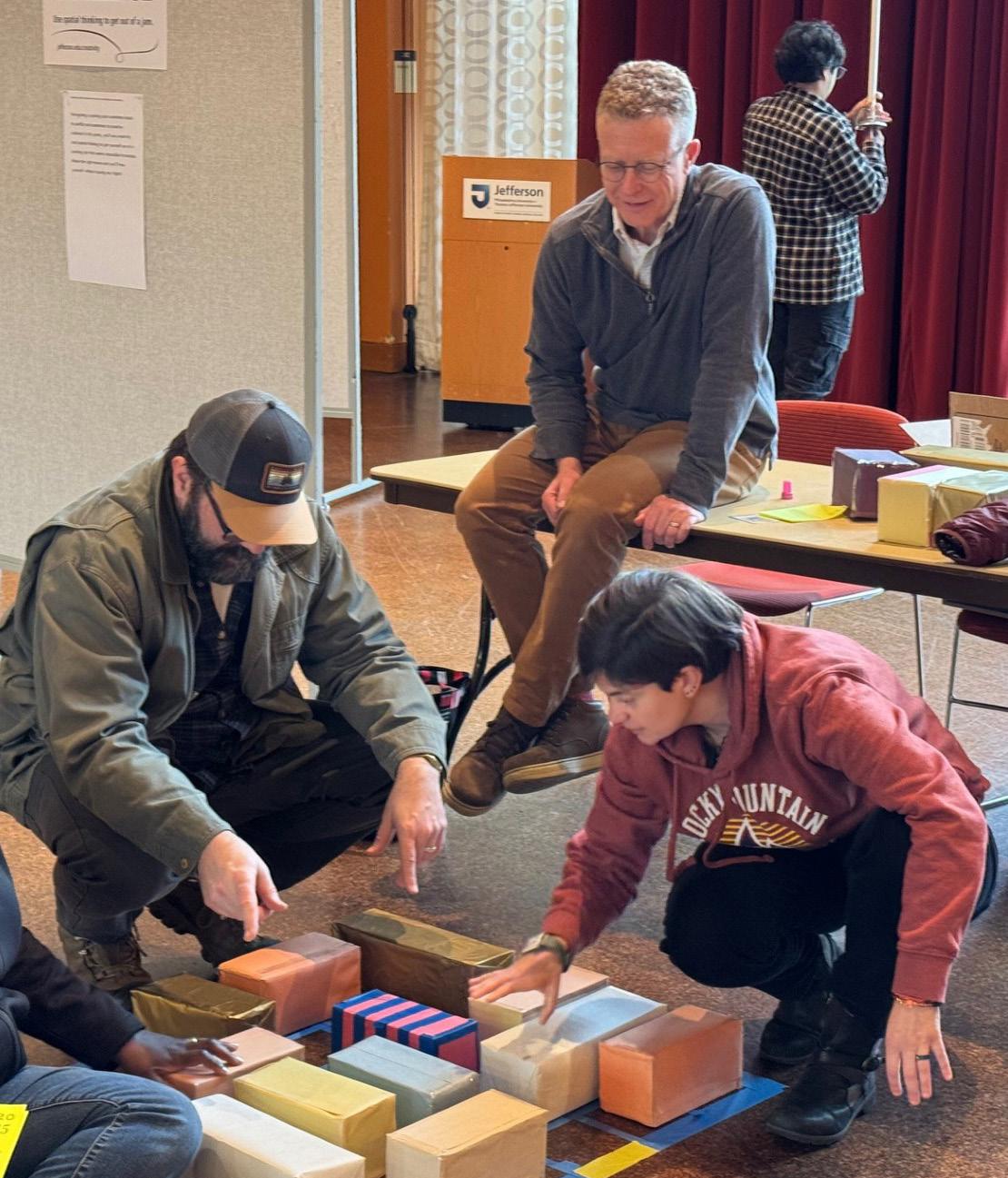


ABOUT THE INSTRUCTOR:
Lyn Godley is a multi-media artist and professor of Industrial Design at Thomas Jefferson University. Her designs, done as a partner of Godley-Schwan (1984-1998) and individually as Lyn Godley Design Studio (1999-Present), have been exhibited internationally and are in numerous museums and private collections, including the Museum of Modern Art NYC.
CREATIVE MAKING WORKSHOP
SPOTLIGHT: IMMERSED IN LIGHT—JAMES
TURRELL’S “SKYSPACE”
At Thomas Jefferson University, I teach in the Industrial Design program, where the focus is on designing the products and systems people use in their everyday lives. My background is rooted in understanding how design shapes human experience, and that foundation naturally led me to explore the impact of light—not just as a visual element, but as something that profoundly affects our physiology, emotions, and well-being.
Over time, my teaching evolved to include courses on light and its impact on the human body, especially in relation to circadian rhythms, mood, and sensory perception. This academic work directly informs my professional research, where I create immersive, light-based art installations designed to support emotional regulation and reduce stress. Through my role as Director of the
Jefferson Center of Immersive Arts for Health, I’ve been able to bring together interdisciplinary teams—spanning design, science, and healthcare—to study how these environments can positively impact human health. So there’s a real feedback loop between what I teach, what I create, and what we’re studying in the research.
Q: WHAT IS YOUR CREATIVE MAKING WORKSHOP ABOUT, AND WHAT INSPIRED YOU TO DEVELOP IT?
My Creative Making Workshop at the James Turrell “Skyspace” is less about “making” in the traditional sense and more about shifting how we perceive. Whether students come from design, engineering, or another discipline, the workshop invites them to step out of intellectual analysis and into direct, embodied experience. We visit the Skyspace not to study it, but to be with it—to sit in stillness and allow the slow shift of light and color to work on us.
What inspired me to develop this was the recognition that so much of our education trains us to think about things—through language, critique, or theory—but rarely do we practice simply experiencing. Turrell’s work creates a space where that becomes possible. It’s a gentle but powerful reminder that perception itself can be transformative. I want students to take away the realization that their own sensory and emotional responses are valid sources of knowledge—and that those inner shifts can be as important as any external outcome.
Q: WHAT IS THE MOST IMPORTANT THING YOU HOPE YOUR STUDENTS TAKE AWAY FROM YOUR CREATIVE MAKING WORKSHOP?
The most important thing I hope my students take away from the Creative Making workshop is an embodied understanding of how profoundly light can shape human experience. We spend so much time learning through screens or technical processes, but this workshop is about stepping into a space where perception becomes the teacher.
Each year, I take students to a James Turrell Skyspace—not to analyze it, but to experience it. To sit in stillness and observe how light slowly shifts the way we perceive color, space, and even time. I want them to feel how something as intangible as light can have a deep emotional and physiological impact. That experience becomes a touchstone for
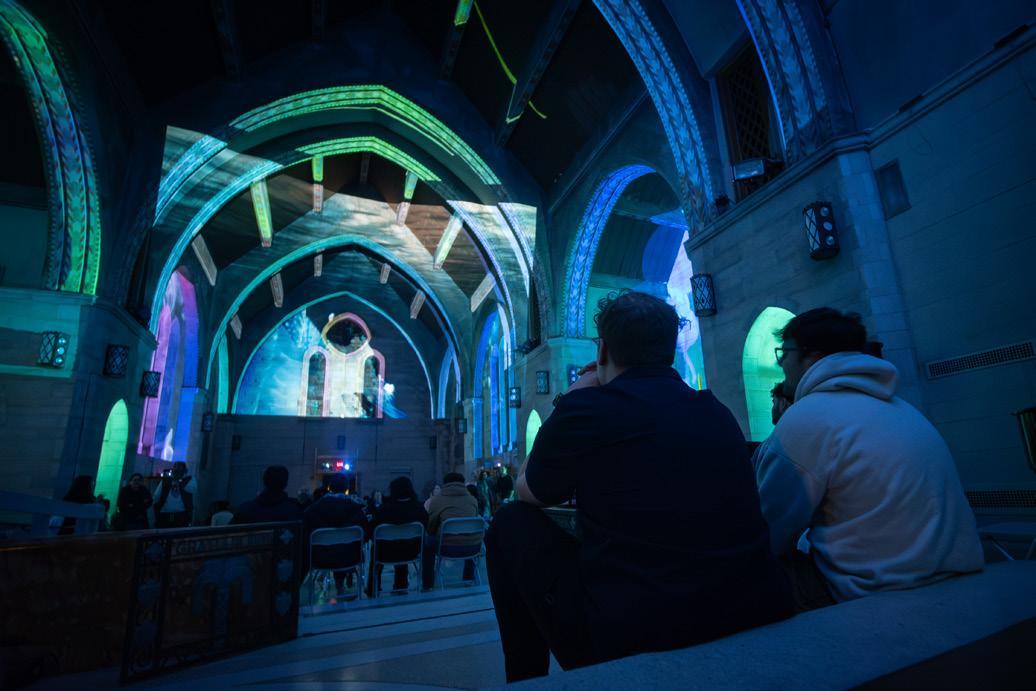

TOP: Shown here is a fully immersive environment at Ravenhill Chapel on the East Falls Campus of Thomas Jefferson University. Imagery projection is mapped throughout the chapel by students in the Light as Public Experience class. BOTTOM: Printing of panels for Honickman building installation by the Center for Excellence in Surface Imaging.
their own design practice—it teaches them to consider how what they create might influence someone’s state of being, not just through form or function, but through feeling. That awareness is, to me, at the heart of truly human-centered design.
Q: WHY DO YOU THINK IT IS IMPORTANT TO PRIORITIZE CREATIVITY IN EDUCATION?
I think it’s absolutely essential to prioritize creativity in education because creativity is how we connect knowledge to meaning. It’s what allows students to move beyond memorizing or problem-solving and into the realm of insight—where they begin to ask, what does this mean for me, for others, for the world we’re shaping?
In my work—both in the studio and in research—I’ve seen how powerful it is when students are given the space to explore, to make connections between what they sense, feel, and understand. Creativity teaches them to sit with ambiguity, to take risks, and to trust their own perception as a form of knowing. That’s especially important in an age where so much is driven by metrics, speed, and efficiency.
Q: WHAT DO YOU ENJOY MOST ABOUT TEACHING JEFFERSON STUDENTS?
What I enjoy most about teaching Jefferson students is their openness. They’re curious, engaged, and genuinely interested in how their work can make a difference in the world. Many come with a strong sense of purpose—even if they don’t fully know what that purpose is yet—and they’re willing to explore, question, and grow.
Creativity teaches them (students) to sit with ambiguity, to take risks, and to trust their own perception as a form of knowing. That’s
especially important in an age where so much is driven by metrics, speed, and efficiency.
I especially love watching the moment when something clicks—not just intellectually, but emotionally. When they realize that design isn’t just about making things—it’s about creating experiences, shaping environments, and even supporting well-being. That moment of discovery, when they start to see their work through the lens of impact, is incredibly rewarding.
And Jefferson students are wonderfully interdisciplinary. They’re not afraid to cross boundaries between science, art, health, and design, which makes for incredibly rich conversations and innovative thinking. I feel lucky to be part of that journey.
When we prioritize creativity, we’re cultivating more than just artistic expression—we’re nurturing empathy, critical thinking, emotional intelligence, and resilience. It prepares students to be more responsive, reflective, and human in whatever field they enter. And in a world that’s constantly shifting, those capacities are vital.
COMMUNITY & BELONGING
Jefferson is dedicated to fostering an environment where everyone feels a true sense of belonging. The Creativity Core Curriculum is structured to support a culture where all individuals are respected. At least 20% of all Creative Making Workshops focus on subject matter that highlights the value of unique perspectives in the following ways:
• Represent interests and views of non-dominant cultures and people and/or
• Directly encourage thinking and behaviors that support the valuation of diversity, equity and inclusion

Community & Belonging Designated Creative Making Workshops
• Local Holocaust Survivors and their Artifacts
• The Mane Talk: A Walkthrough on Black/African American Hair
• Signs of Humanity: Lessons from Three Decades of Buying Homeless Signs
• Introduction to Feng Shui: History, Principles and Practice
• Building on the Promise of Hope
• Street Activism: Know Your Rights and Avoid Arrest
• Rediscovering the Almost Lost Folk Art of Papercutting
• The Story of the Blues
• Beyond Male and Female
• (Un)natural Bodies
• Bringing Your Perspective to Protest
• Revolutionary Voices
• Both/And Thinking: A Key to Solving Today’s Social Dilemmas
• When Witnessing Microaggressions: How Not to be a Bystander but be an Ally
• Eastern State Penitentiary and Prisons Today
• The Spirit World of Matcha
• K-Drama and Kaleidoscopic Writing
In the on-site workshop Eastern State Penitentiary and Prisons Today, students reflect on the role of prisons past and present and their role in society.
Research & Achievements
CONFERENCE PRESENTATIONS AND WORKSHOPS
• Kradel-Weitzel, Maribeth (2025, January). Fostering Creativity in Healthcare, Jefferson Annual Winter CME Symposium, Vail, CO
• Kradel-Weitzel, Maribeth (2025, May). A Creativity-Focused Curriculum Spanning All Disciplines, Creativity Conference Southern Oregon University, Ashland, OR
• Kradel-Weitzel, Maribeth (2025, June). The Power of Design to Improve Outcomes for People with Spinal Cord Injury, Jefferson Faculty Days, Philadelphia, PA
• Kradel-Weitzel, Maribeth (2025, October). Activating Creativity and Design Thinking, International Executives Program, Office of Continuing Professional Studies at Thomas Jefferson University, Philadelphia, PA
ARTICLES
• Brody, Michael J. Xanto e Sforza di Marcantonio Faenza 90, no. 2, Atti del convegno internazionale, Xanto Avelli, artista mondiale da Rovigo a Urbino, 2024, pp. 141-155.
• Kradel-Weitzel, Maribeth & Scott, Dana (2025) Utilizing Assessment Results to Demonstrate the Case for Creativity-Focused Education, Assessment Update, Wiley Periodicals. (accepted for publication)
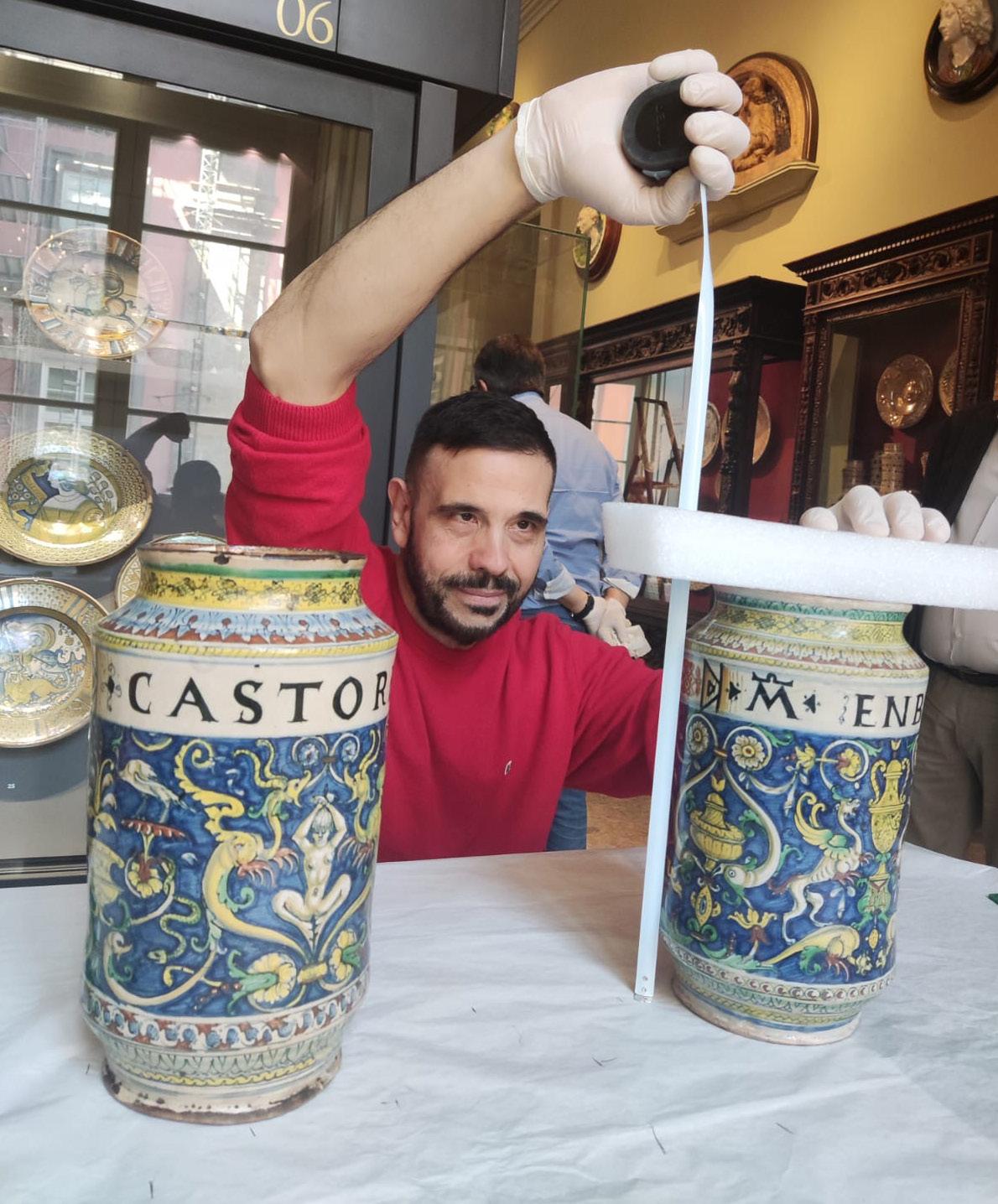
RESEARCH & GRANTS
• Dr. Michael Brody, Senior Advisor for Creativity and Art and Creative Making Workshops Coordinator for the Creativity Core Curriculum, conducted a research trip (May, 2025) to the Museo di Capodimonte in Naples, Italy to catalogue a portion of the De Ciccio collection of Italian Renaissance ceramics.
Dr. Michael Brody examines and documents Renaissance Italian ceramics in Naples.
• 2024 Faculty Research Grant—Mapping Creativity on the East Falls Campus: This grant supported the research and development of a map of historical and contemporary creative achievement on the East Falls campus for use by the greater university community. An interdisciplinary group of faculty and staff developed the grant proposal. Members of the working group include Michael Brody, Susan Frosten, Maribeth Kradel-Weitzel (chair), Jade Papa, Dana Scott, Megan Voeller, and Renée Walker.
An experimental visual communication design elective titled Creative Mapping, taught by Associate Professor, Renée Walker, provided students the opportunity to engage with theories and practices of mapping, archival research, dataset framing, user-centered design, and data visualization. They explored myths and bias about creativity, seeking to offer new understanding of the concept’s definition and processes. Students compared aspects of creativity ranging from process exploration in terms of computational and psychological mechanisms, categorization of creative results, and definitions. Divided into teams, they produced distinct visual systems to engage audiences with the rich tapestry of institutional creativity.
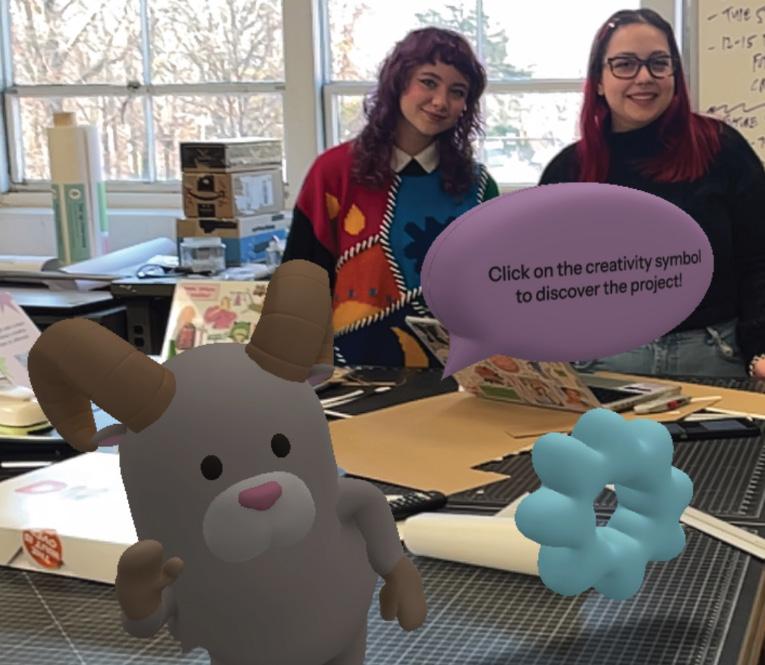


The students involved in the project from left to right: Annika Zitto, Joelle Klouda, Emma Prushan, Hanna Zelcer, Anna Leonard, Riley Gallagher, Maddy Podolnick, and Olivia Kriley
Creativity Intensive Courses
At Jefferson, students in every undergraduate major experience a Creativity Intensive Course that includes creativity content and skills development within a disciplinary context. These courses focus on three objectives:
• Create value by producing novel output relevant to professional and real-world endeavors.
• Devise effective strategies for individual and/or collaborative creative production.
• Engage empathetic and critical thinking skills when framing opportunities and solving problems.
Every undergraduate discipline has a designated Creativity Intensive course.
ARDS 210: Tech 1: Materials and Methods
BIOL 207: Principles of Genetics
CHEM 323: Instrumental Methods of Analysis
CMGT 499: Construction Capstone
DECF 102: Finding & Shaping Opportunity
EXSC 330: Internship 1
HSCI 230: Introduction to Healthcare
HSCI 231: Introduction to Healthcare Honors
INDS 200: Problem Solving Across Disciplines
LARC 201: LA Design 3: Site Design
LAW 304: Law, Media & Society
PSYC 322: Research Methods for the Behavioral Sciences
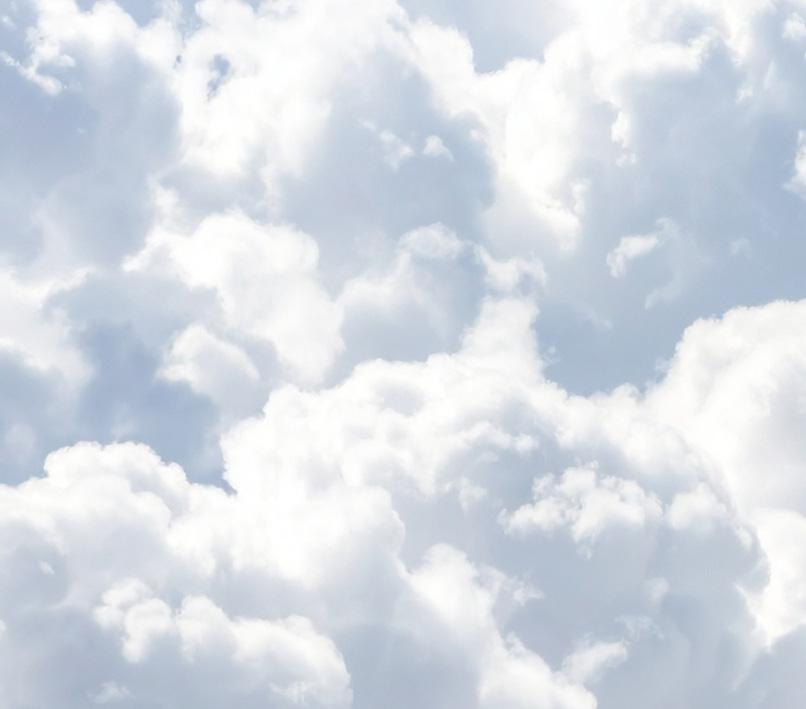
CREATIVITY INTENSIVE COURSE SPOTLIGHT: INSTRUMENTAL METHODS OF ANALYSIS
Q: WHAT IS YOUR CREATIVITY INTENSIVE COURSE ABOUT?
The course is called “Instrumental Methods of Analysis” (CHEM323/323L), a lecture and lab pair of courses that are required for chemistry and biochemistry majors. The course deals with the instrumentation used to separate, quantify, and characterize chemicals. Sounds a little boring to some, but I get students to explore how chemical instrumentation is used in various subdisciplines of science such as art authentication, forensic chemistry, the pharmaceutical industry, and food and consumer product safety, to name a few.

Q: HOW DO YOU PERSONALLY DEFINE CREATIVITY?
Professor of chemistry in the College of Life Sciences, Jeff Ashley, offers insights about his unique approach to the course, Instrumental Methods of Analysis, which serves as the Creativity Intensive course for chemistry and biochemistry undergraduate students.
Creativity, to me, is using unconventional and innovative means of thought and processes without any rules or guidelines. When I’m most ‘creative’ at work and at play, I think and do things that are unconstrained, boundless, and enjoyable.
Q: HOW HAVE YOU EVOLVED YOUR COURSE BECAUSE OF ITS INCLUSION AS A CREATIVITY INTENSIVE COURSE?
The scientific method is rather prescribed, and our majors have plenty of practice using it by the time they reach their junior and senior years. The creativity project I implemented over the past three years involves students designing and implementing their own mini-research project without any constraints and minimal guidance from me, gathering data, and presenting their outcomes. The creativity component largely appears in the latter step. Instead of getting students to write a lab report or create a scientific poster, I challenge them to create a single visual that conveys their results or take-home message to the lay public. In their careers, they will have to relate their esoteric and complicated scientific results to audiences that are not in their discipline. As part of the process, Prof. Renee Walker (Kanbar College faculty member in visual communication
Professor Jeff Ashley, PhD
design) has annually visited my class to kick-start the creativity process by giving a crash course in ‘visualizing data’ using creative, innovative, and understandable techniques. Science students often gravitate towards the ‘safe’ visuals, such as the perennial bar or XY graph. Through Renee’s inspirations and ideas, grounded in the literature of visual design, students get exposed to a wide range of creative ways to convey scientific data. I’ve been blown away by their deliverables!
Q: WHAT NEW TAKEAWAYS DO YOU THINK THE STUDENTS IN YOUR COURSE ARE GETTING THAT RELATE TO CREATIVITY?
It seems cliché, but the main takeaway is thinking ‘outside the box’ when relating scientific results and conclusions. Students relish using unconventional and creative means to convey their ‘take-away’ message. Creativity permeates every discipline, but as educators, we seldom capitalize on its importance as a process of learning and enjoyment. By inclusion of the creativity project in this course, and others through the Creativity Core, faculty are reviving the notion that creativity enhances the process of producing, as well as the product, whatever that may be. The process and product in my
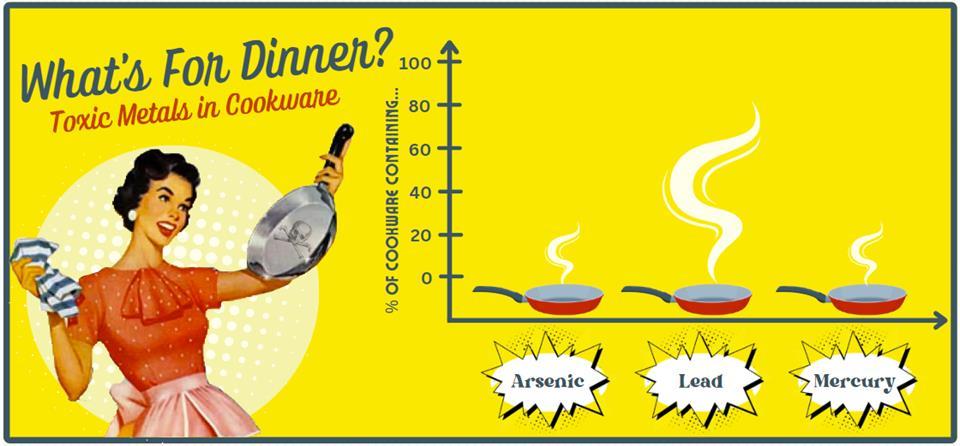

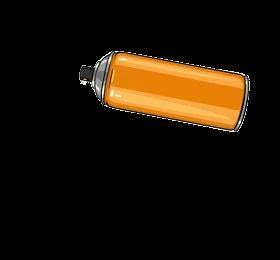
W A K E U P C A L L









Creativity Intensive course is relating scientific data to the masses in an understandable, relatable, and creative manner.
Q: DO YOU CONSCIOUSLY FOCUS ON CREATIVITY IN ANY OTHER ASPECT OF YOUR WORK?
Absolutely. In my research, the need for creativity is essential to explore new avenues of thought. It also impacts how I approach teaching. Incorporating opportunities to explore and utilize creativity has become more prevalent in my courses, not just my Creativity Intensive course. For example, I have designed and implemented two activities in my oceanography course that allow students to explore their creativity. For example, I have included an activity that uses gyotaku, the historical means of recording fish catches by printing the fish in rice paper using India ink. The students love the process of printing fish, coloring their creations using watercolors, and having a work of art to take home. They appreciated having few rules to follow, having a variety of options to choose their own adventure, and being afforded a chance to build creativity skills in a science-based course.

Student participating in this project included Nina Cavaliere, Cindy Duong, Elena Geraci, Aiden Gerhart, Aisha Hefnawi, Maddie Sweitzer, and Madison Zachwieja.
Creativity Core Curriculum Staff
Director:
Maribeth Kradel-Weitzel
Creative Making Workshops Coordinator:
Michael Brody
Creativity Intensive Course Coordinator:
Jenna Rieder
Assessment Coordinator:
Dana Scott
Administrative Assistant: Yoo-Hyun Oak
Creativity Core Curriculum Steering Committee
Michael Brody
Jason Crook
Susan Frosten
Carol Hermann
Barbara Kimmelman
Maribeth Kradel-Weitzel (chair)
Yoo-Hyun Oak (administrative)
Jenna Rieder
Tom Schrand
Dana Scott
Megan Voeller
design and illustration: Maribeth Kradel-Weitzel
www.jefferson.edu/creativity
instagram: jefferson_creativity
email: creativity@jefferson.edu

“You can’t use up creativity. The more you use, the more you have.”
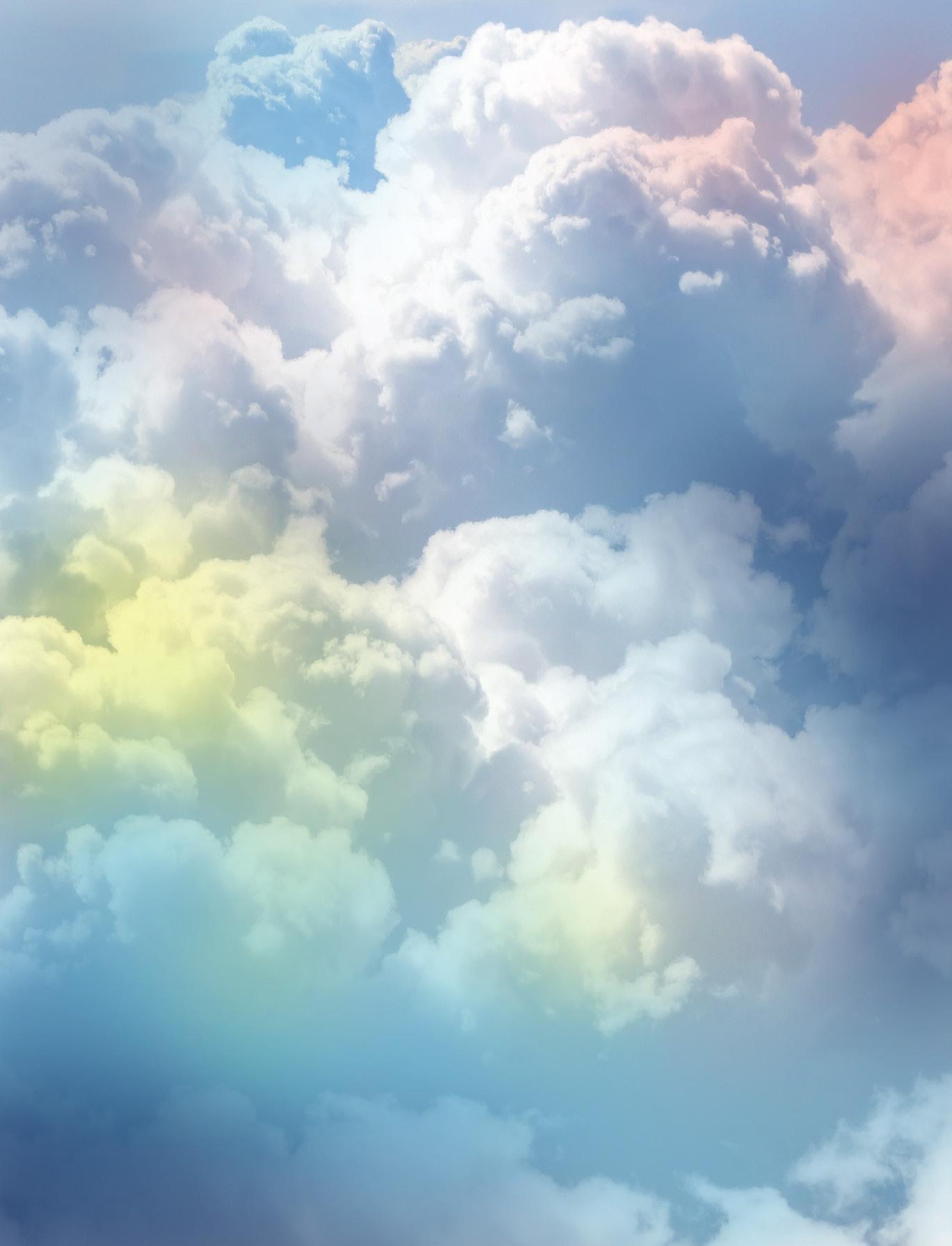
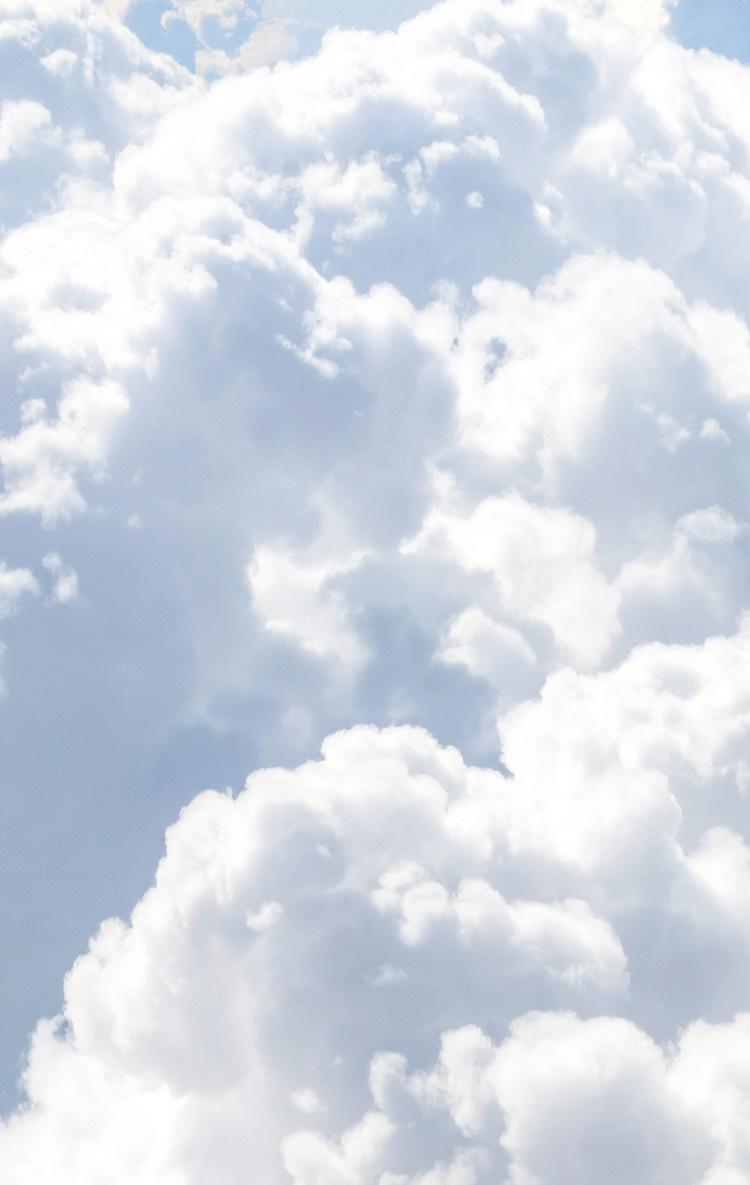
—Maya Angelou

